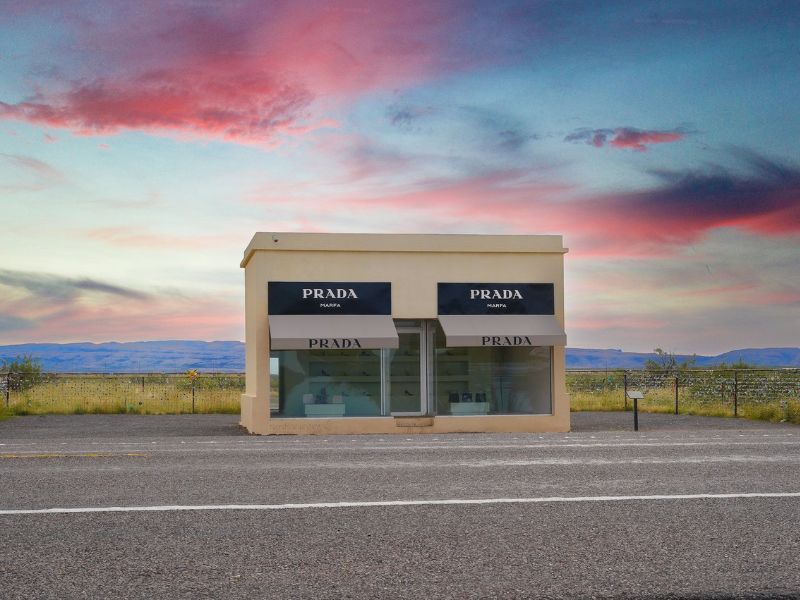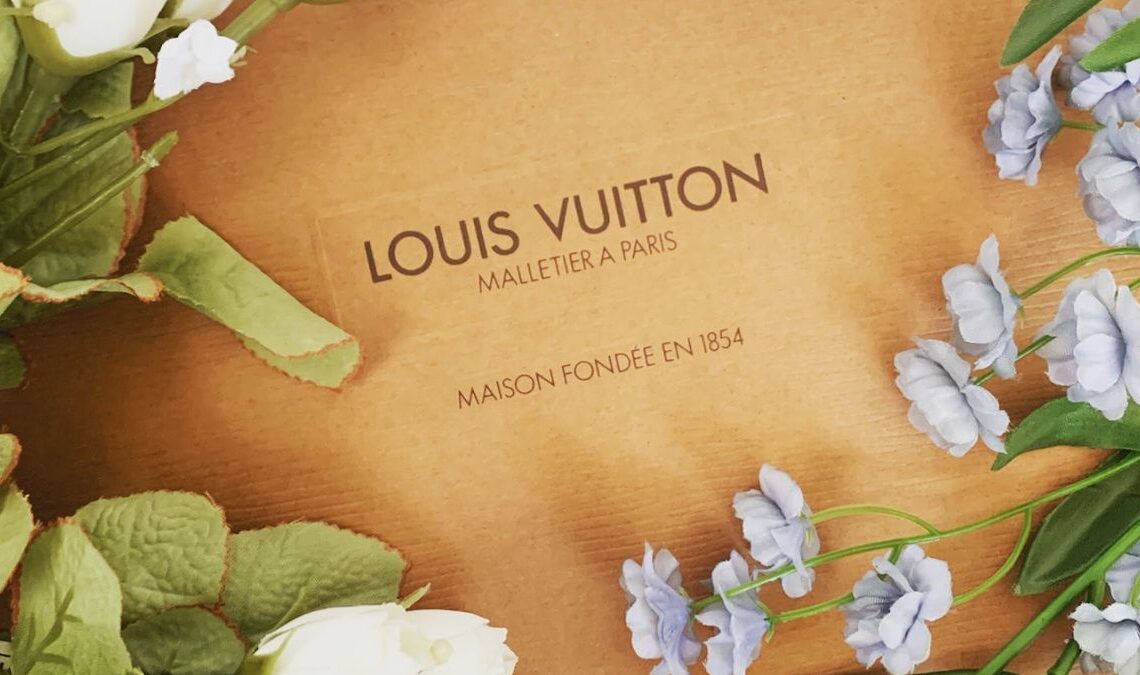When it comes to fashion and gaming, flashy casino floors often come to mind. It’s easy to imagine men and women dressed to the nines floating from roulette tables to blackjack tables to slot machines. Given many casinos are geared toward luxurious adventures, pairing high fashion with gaming makes sense.
Or, at least, it did in the past. Globally, the vast majority of casinos have a relaxed dress code. These establishments are more focused on the number of table games and slot machines rather than Jimmy Choo shoes and Messika jewelry. While some extravagant casinos in places like Vegas, Macau, and Monaco might have a stricter dress code, these are the exception—not the standard.
That’s because many gamers are focused on virtual casinos. For example, imagine a roulette player wanting to spin the wheel while at home in rural Idaho. Rather than get suited up in a nice grown and head to the nearest casino (which may be across state lines), it’s simply easier to log in to a virtual provider and get started with a digital croupier: no high heels, no driving, no casino lobby.
Still, this doesn’t mean that fashion and gaming no longer intersect. In reality, the modern esports movement has replaced casinos when it comes to high-fashion crossovers. Let’s break down some of the coolest and biggest crossovers between the fashion world and gaming.
High Fashion in the Metaverse—and Beyond
By far, the most meaningful partnerships between gaming brands and high fashion relate to virtual clothing and digital releases. There are two primary ways that this happens. First, a high fashion house might partner with developers of a specific game to release unique skins and personalized decals for players to use. Second, a high fashion house might set up shop in the metaverse—literally.
Let’s cover the latter first. Louis Vuitton was one of the first major brands to enter the esports arena. Back in 2019, the company opted to help design the championship trophy for the League of Legends global championship. Shortly after, there were official mashups between Louis Vuitton and League of Legends gear. Gucci has done the same with franchises like The Sims, Roblox, and Animal Crossing.
Aside from esports partnerships, high fashion brands have also set up independently in virtual worlds like the Metaverse. Here, they sell high fashion NFTs that users can wear and use within the digital world. Along with Louis Vuitton and Gucci, other major names creating NFT lines include Adidas, Nike, Burberry, Dolce & Gabbana, and Prada.

Big-Name Sponsors for eSports
Important brands within fashion have also started to partner with individual eSports teams. Instead of pushing their digital designs into video games and virtual worlds, they’re creating both real-life merch and digital merch for fans of popular and successful esports teams. (Some have done both; Louis Vuitton also released a physical line during its time with League of Legends.)
For example, the techwear brand Acronym penned a deal with the head of Kojima Productions, which released the highly innovative game Death Stranding. Acronym’s lead designer contributed to the production of dual in-game and privately released pieces, including the company’s most popular jacket (J1A-GT). Though the jacket cost around $2,000, the first release sold out almost instantly, highlighting just how strong the crossover appeal is for gaming-fashion fans.
Fashion Marketing: Twitch & YouTube Gamers
Let’s cover another popular way that fashion and gaming intersect: through the world of live-streaming. Dozens of talented gamers have flipped their live streams into multi-million-dollar channels, signing on big-name sponsors that help them earn more than their competitive counterparts. Unsurprisingly, the top gamers can expect some fashion-first sponsors.
For example, Tyler ‘Ninja’ Blevins is one of the most visible eSports stars in the world. Not only does he earn more than eSports players contracted to major teams, but he even pulls in more than the average professional athlete. Back in 2019, he announced a major shoe deal with Adidas, which saw him earn an estimated sum of around $40 million.




